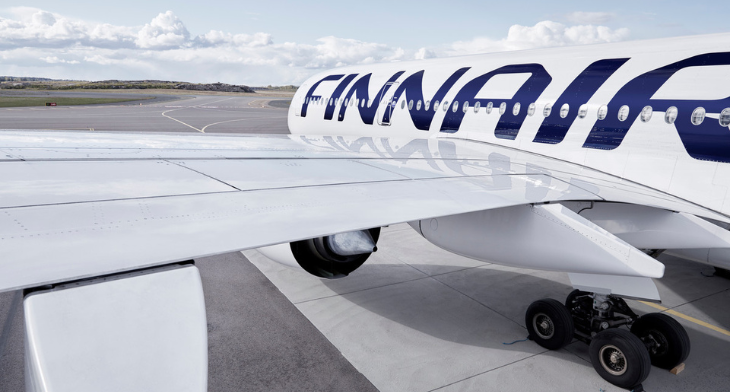
To increase capacity across its popular routes to Asia, Finland’s flag carrier Finnair has modified ten of its flagship A350s to carry more customers and cargo. The modifications were completed in early January and operations with the new maximum take-off weight began on 18 January.
Finnair says the demand for flights to and from Asia has risen, and the changes were made to Finnair’s aircraft that regularly serve the carrier’s Seoul and Tokyo routes. The airline worked with Airbus to increase the maximum take-off weight for the aircraft, with the modifications involving minor changes and updates to the aircraft software and placards and manuals.
Currently, the flight duration of the routes is longer due to the closure of Russian airspace and this has resulted in aircraft consuming more fuel than previously. The normally lighter take-off weight had limited the number of customers and the amount of cargo each aircraft could carry, given the extended flight times, but following the modifications, each aircraft can now carry more customers, cargo and fuel to fly the longer flight times between Finland and South Korea and Japan. Finnair says this also increases the economic efficiency of each flight.
Leena Niemi, Finnair Compliance Manager for Technical Operation, said: “Usually we do everything we can to make our aircraft lighter, but for our flights to Tokyo and Seoul we’ve increased their maximum take-off weight to fly around Russia and meet the demand for increased customers, cargo and kerosene.
“We worked with Airbus to make the modifications to ten of our A350s to increase their maximum take-off weight while ensuring the safety and security of our aircraft and customers remained our number one priority.
“In addition, the weight and balance data for the modified aircraft have been updated, the noise certificates of the aircraft have been renewed, and the aircraft maintenance programme and life limits of the main landing gear parts have been updated.”
Finnair says the total capacity is expected to be increased by up to eight tonnes depending on the aircraft’s respective maximum take-off weight, route as well as flight times conditions.
An aircraft and the fuel it carries together make up most of flight weight, followed by customers, with a a full plane weighing approximately 24,000kg. Checked-in bags typically weigh an additional 5,500kg according to Finnair, and cargo adds an extra 15,000kg. Finnair says the aircraft software compensates for the centre of gravity change and maintains the same handling characteristics, which means that flying the aircraft does not change, and each aircraft’s new maximum take-off weight is taken into account by experts at Finnair’s daily flight operations in their Helsinki hub.





